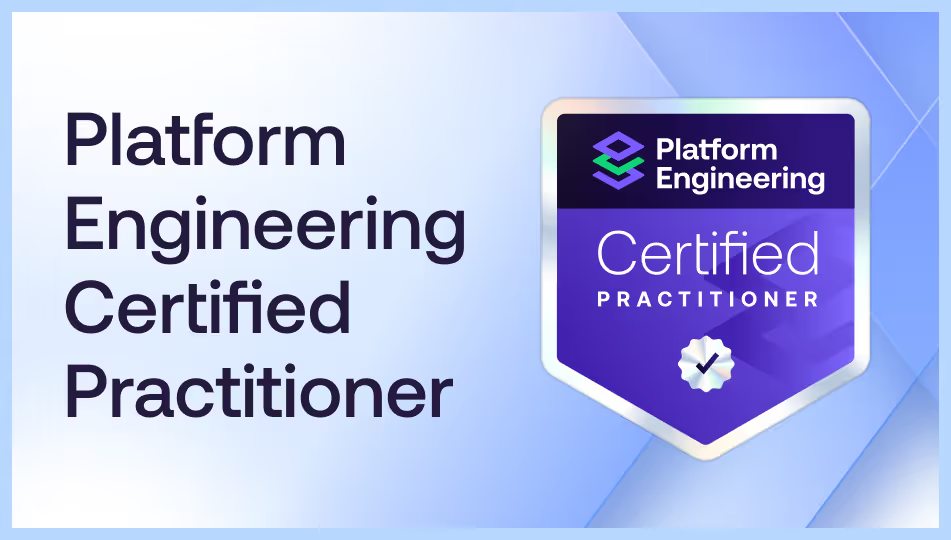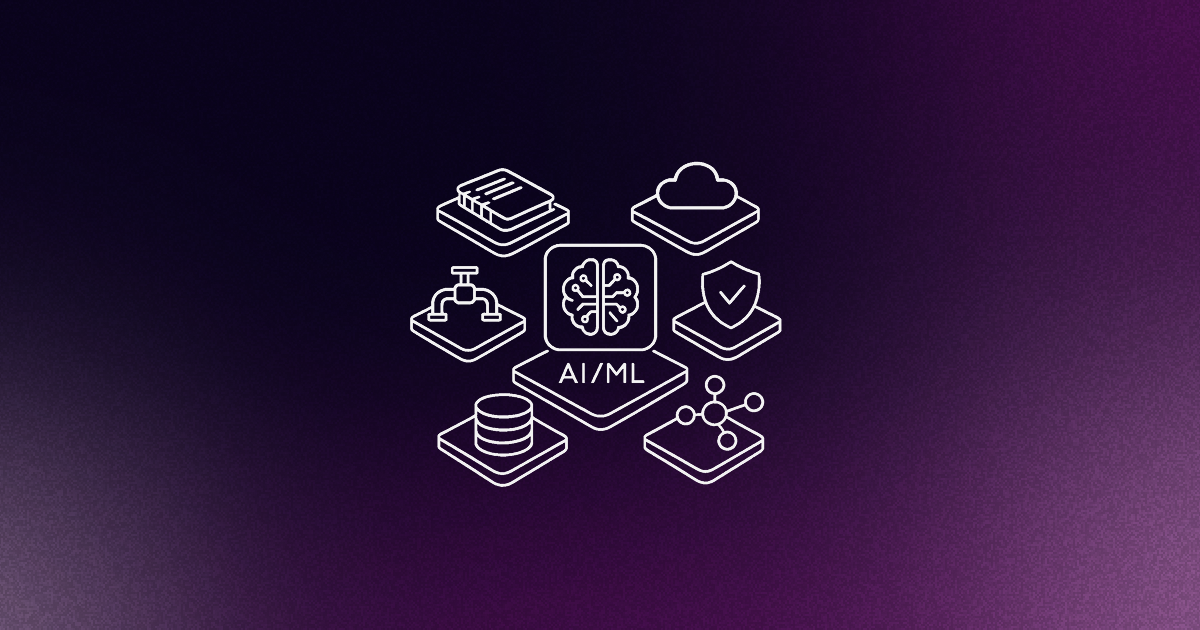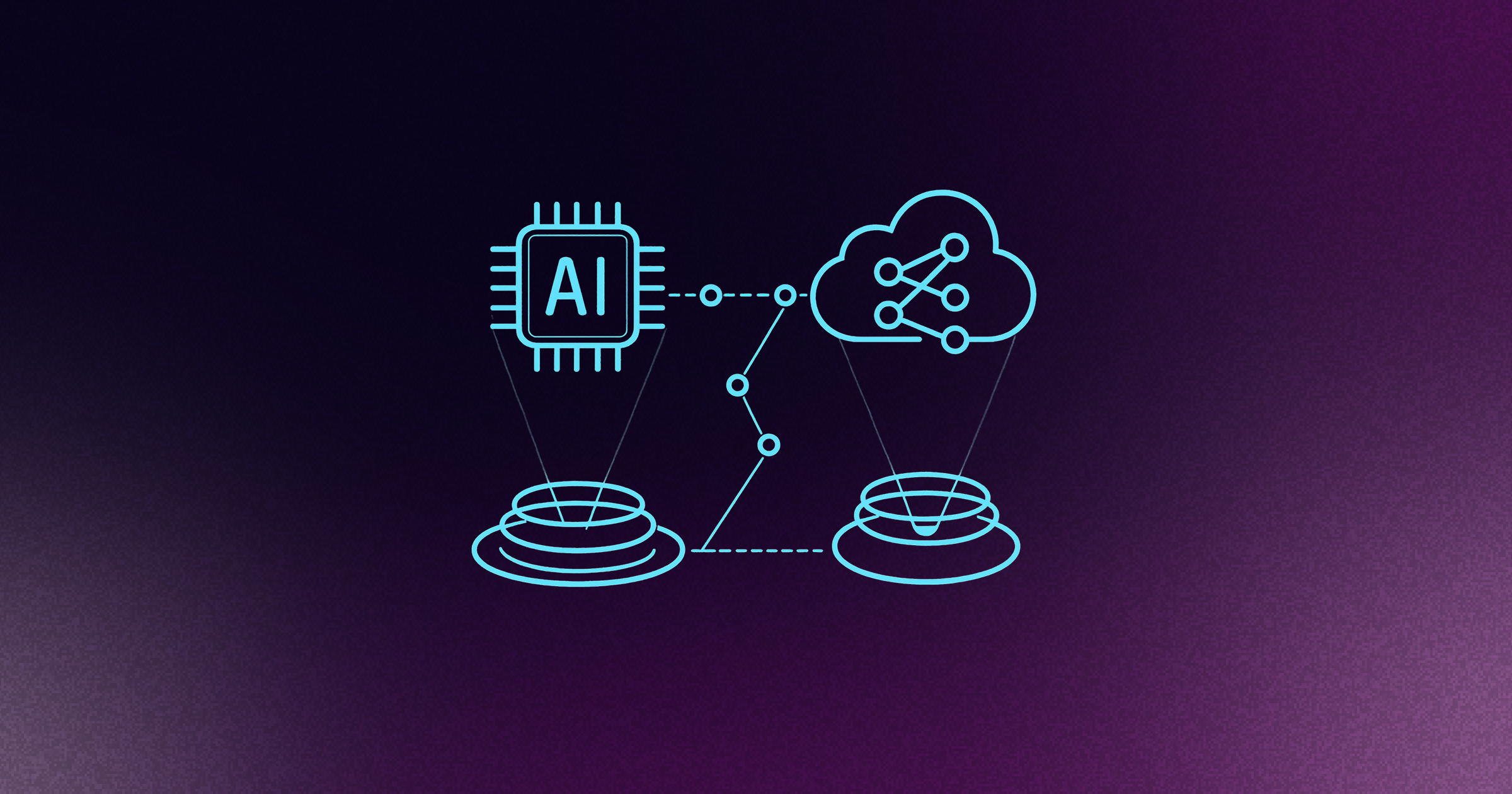Shifting gears while driving the car
For platform engineering teams, tool migrations are a constant reality. Whether upgrading CI/CD systems, replacing security scanners, or modernizing static analysis tooling. The challenge is that delivery can’t simply pause. The real test is making these shifts smoothly, keeping developers productive, avoiding slowdowns, and ensuring new tools feel like upgrades, not roadblocks.
Migrations are complex. Even small changes can ripple widely, and issues often surface only after adoption begins. Teams may need to replace internal tools with external products, switch vendors, or introduce entirely new categories of tooling; all of which bring unique challenges.
The goal is not only choosing the right tool but introducing it in a way that minimizes disruption, protects developer experience, and provides the right training and support. A few practices help make transitions smoother:
- Platform as a Product - Migration roadmaps. Frame migrations as roadmap initiatives that add value and gather early feedback.
- Reducing developer cognitive load. Use templates, scripts, and golden paths to keep delivery flowing.
- Preserving Autonomy and self-service. Balance clear guidelines with flexibility so teams adopt at their own pace.
- Incremental rollouts and feedback loops. Pilot with early adopters to uncover issues before scaling.
- Operational excellence during change. Run old and new systems in parallel and monitor closely to reduce risk.
In essence, platform engineering is about shifting gears while driving, making tool adoption seamless, systematic, and developer friendly.
Platform as a Product – Migration roadmaps
Migrations should be treated as platform roadmap initiatives, not side projects. Framing them as value-adds for developers and collecting early feedback improves adoption and outcomes. Think of developers as customers. Clearly communicate the value of the change and involve them before making major decisions. A common best practice is to run a proof of concept and collect developer feedback before purchasing or committing to a new tool. Testing a tool with a small group before committing to purchase or rollout validates both technical fit and developer experience.
Plan migrations in phases, providing clear onboarding steps and documentation that explains the why, how, and what of the change. Make migration timelines visible in team roadmaps to set expectations and emphasize shared responsibility. Early and continuous feedback ensures the migration addresses developer needs, reduces surprises, and supports a smooth adoption process.
Reducing developer cognitive load
One of the core responsibilities of platform engineering is to shield developers from unnecessary complexity during migrations. Developers should be able to focus on delivering features, not relearning workflows every time a tool changes. Templates, scripts, and golden paths play a critical role here. They provide stable, well-defined interfaces that remain consistent even as underlying systems evolve. When migrations are designed around these abstractions, developers can continue working with minimal friction.
Subtle changes can still have unintended consequences. Even small differences in behavior can break expectations or introduce hidden learning curves. To avoid this, prioritize maintaining familiar entry points; whether that’s a command-line script, a template, or a standardized onboarding workflow. The fewer surface-level changes developers experience, the lower the cognitive overhead and the faster the adoption.
For example, for a CI/CD tooling migration, when moving from one pipeline system to another, developers should still trigger builds with the same commands or configuration files. If the interface remains unchanged, most developers won’t need to learn the details of the new system. Wrapping these tools behind scripts or targets, developers can keep using the same commands without lots of adjustments. Or when adopting a new provisioning tool, provide modules or templates that mirror existing workflows. This minimizes the risk of developers encountering breaking changes in day-to-day operations.
Preserving developer autonomy and self-service
Successful platform engineering strikes a balance between providing clear standards and enabling developer autonomy. While platform teams can define the “golden path,” forcing all developers to migrate on a rigid schedule often creates friction. Product teams have their own delivery commitments, and migration timelines rarely align perfectly with feature roadmaps.
A flexible approach is more effective. Developers should be able to adopt new tools on their own terms within a defined migration window. The platform team’s role is to provide the process, guidance, and resources that make migration straightforward: documentation, migration playbooks, self-service tooling, and support channels. This empowers developers to plan the transition in a way that minimizes disruption to their product work.
For example, for a pipeline upgrade, instead of enforcing a cutover date, the platform team can provide migration scripts, templates, and a deprecation timeline. Teams can then choose the most convenient sprint to switch while knowing the old system will be supported until a clear sunset date. Or another example, if you are switching security scanners, developers can continue running their existing scanner while the new one is introduced in parallel. They can opt into the new tool when ready, without delaying their product deliveries. Offering drop-in libraries and migration guides allows teams to gradually integrate the new system at their own pace, rather than requiring an immediate overhaul. The key is alignment without rigidity: platform teams set the direction, standards, and deadlines, but developers retain ownership of when they migrate. This balance reduces resistance, fosters trust, and ultimately leads to higher adoption rates.
Incremental rollouts and feedback loops
Large-scale migrations are risky if introduced all at once. A safer and more effective approach is to roll out changes incrementally and use feedback loops to validate assumptions before scaling. Early adopters, whether volunteer teams or pilot groups, play a critical role in surfacing challenges that may not be visible in an initial proof of concept.
Incremental rollouts reduce risk and give platform teams room to refine abstractions. Rather than switching every team at the same time, changes can be phased: first with one or two pilot teams, then expanding gradually across the organization. This approach limits the blast radius of issues and builds confidence in the new system.
Feedback loops ensure the migration isn’t just technically sound but also developer friendly. Pilot teams provide insights into friction points, gaps in documentation, or mismatches between the new workflows and day-to-day development needs. Acting on this feedback early makes the eventual organization-wide adoption smoother and less disruptive.
For example, if you are migrating your pipelines instead of moving all repositories at once, onboard one product team first. Monitor their experience, adjust templates, and fix bottlenecks before enabling other teams. Or if you are upgrading your static analysis tool, start with a subset of projects, collect developer feedback on false positives or usability issues, and fine-tune configurations before enforcing it across the codebase.
Early iterations not only improve the quality of the migration but also reinforce trust between developers and platform teams. Developers see their feedback shaping the platform, while platform teams gain confidence that changes are being validated in real-world workflows. This shared ownership leads to smoother adoption and higher long-term satisfaction.
Operational excellence during change
Migrations don’t end when the new tool is introduced, they require careful execution to ensure continuity of service. Running legacy and new systems in parallel is often the safest strategy. It reduces risk by providing a fallback option if issues arise, while giving developers time to adjust gradually.
Operational excellence during this phase depends on visibility, monitoring, and proactive management. Platform teams must closely track system performance, developer adoption, and error rates across both environments. Dashboards, alerts, and regular check-ins help detect unexpected behavior early and keep stakeholders aligned on progress.
For example, in the case of a CI/CD migration, running pipelines in both the old and new systems for a defined period allows teams to compare build times, reliability, and feature parity. Developers can validate results in the new system before fully decommissioning the old one.
Comprehensive documentation and communication are equally important. Developers should know which systems to use during each migration phase, how long dual running will last, and what signals indicate readiness for full cutover. Without this clarity, teams risk confusion, duplicate effort, or degraded trust in the platform. By combining parallel operations, visibility, and clear communication, platform teams minimize disruptions and ensure migrations feel deliberate and well-managed rather than chaotic. This disciplined approach not only safeguards delivery but also reinforces the credibility of the platform team.
Conclusion
Tool migrations in platform engineering are inevitable, but they don’t have to disrupt delivery. By treating migrations as roadmap initiatives, reducing cognitive load, preserving developer autonomy, rolling out changes incrementally, and maintaining operational excellence, platform teams can make transitions smooth, predictable, and developer friendly. The goal is to shift gears while driving, moving forward without losing momentum, keeping developers productive, and building trust across the organization.













